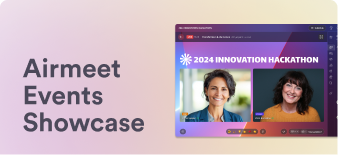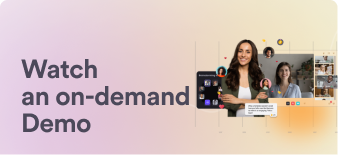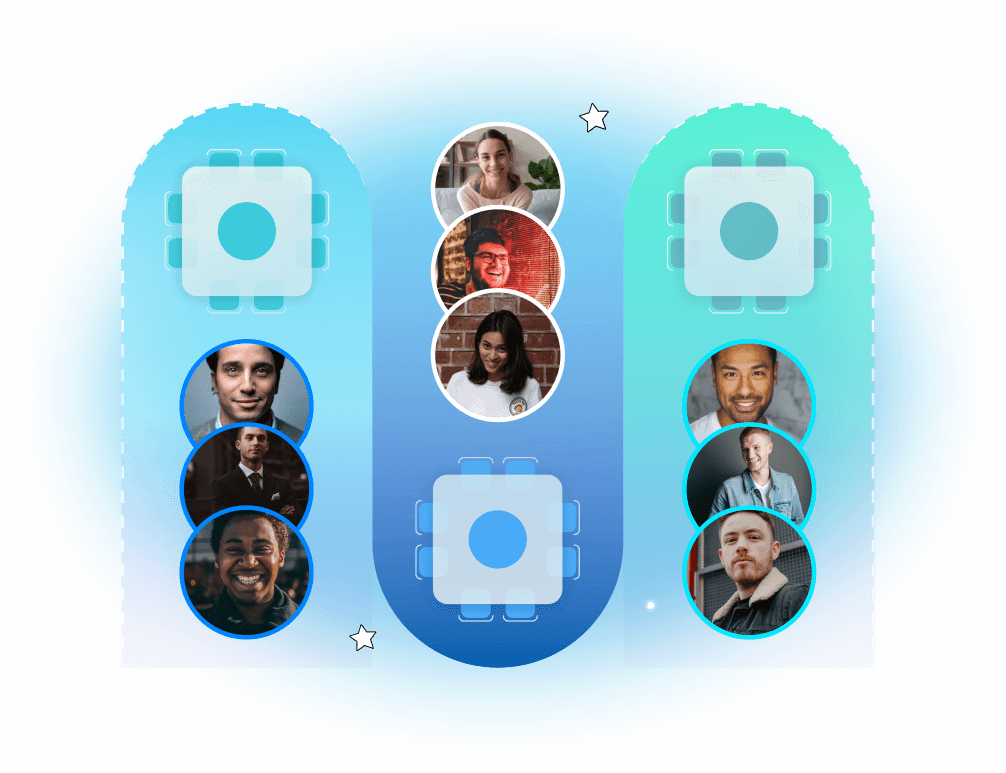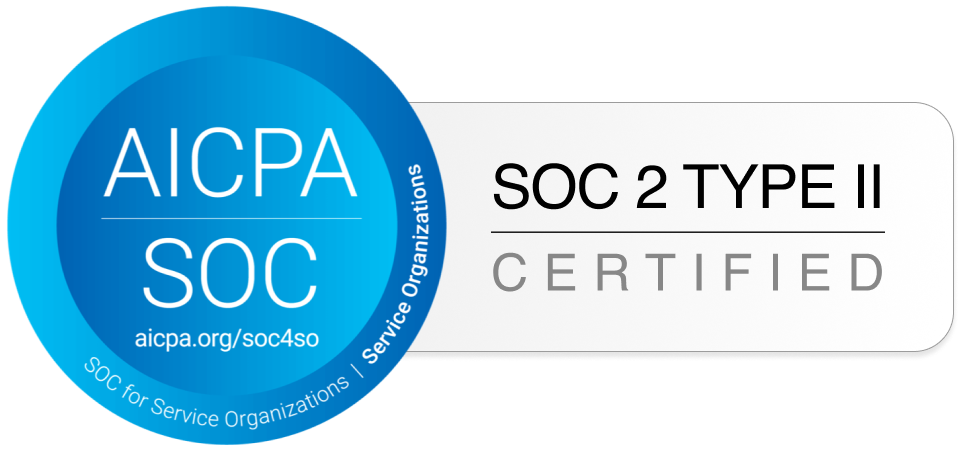The Digital Revolution in Healthcare Education Over the Years
Webinars have become accessible, interactive ways for the healthcare industry to overcome the apparent shortcomings of earlier practices.
The best part is that there are various innovative webinar ideas for the healthcare sector to engage more people in today’s digital age. Content strategies for healthcare webinars now consider blurring education with interactivity so that they do not forget information witnessed. Examples include real-world case studies, providing expert panels from multiple disciplines, and using live demonstrations of key concepts.
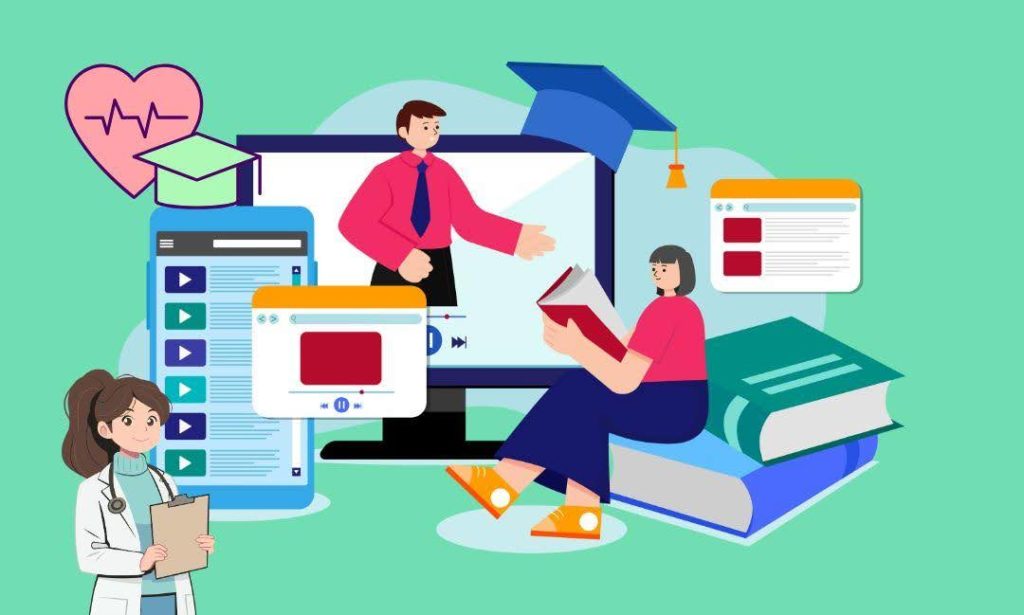
Healthcare webinars can, for example, easily bridge the following gap:
- Global Accessibility Gaps: Healthcare professionals from low-resourced settings can access quality knowledge anywhere.
- Dynamic Collaboration: It allows for real-time, interdisciplinary dialogue.
- Scalable Learning: Thousands of participants can be reached simultaneously without compromise in quality.
Webinars can help healthcare organizations and educators transform the traditional education setting into more inclusive and efficient systems.
The Evolving Landscape of Healthcare Education & Communication

Medical Education in Historical Context
The pre-digital options available for healthcare education were only:
- Academic Conferences: Academic conferences are expensive and time-consuming in terms of cost and time requirements.
- Peer-reviewed Journals: Necessary but not interactive or timely.
- In-person Training: Practical but usually not available to busy professionals.
These traditional approaches, though fundamental, have excluded many because of logistics. For instance, a rural healthcare provider could not attend international conferences due to high travel costs and the time it would take away from the practice.
Webinars changed the paradigm by overcoming these challenges.
- Live engagement without geospatial restrictions.
- Keeping cost participation with lower overheads.
- Facilitating on-demand learning for professionals whose schedules were erratic.
- Direct access to the best-in-class experts and speakers
Current Trends in Healthcare Webinars
In the current scenario, healthcare webinars are in line with the general trend of digital learning as follows:
- Tailored learning experiences: AI-driven content recommendations suited to individual needs.
- Immersive education models: Augmented and virtual reality translate complex medical concepts into life.
- Hybrid formats: combining live sessions with asynchronous modules can also be used to enhance flexibility.
Overall, these trends prove the extensive influence of webinars in adaptive, inclusive, and impactful learning ecosystems.
The Unique Challenges of Healthcare Webinars
Healthcare webinars differ in demands as their content is critical, and audiences are diversified.
Some of the particular mistakes the facilitator might face and needs to avoid include:
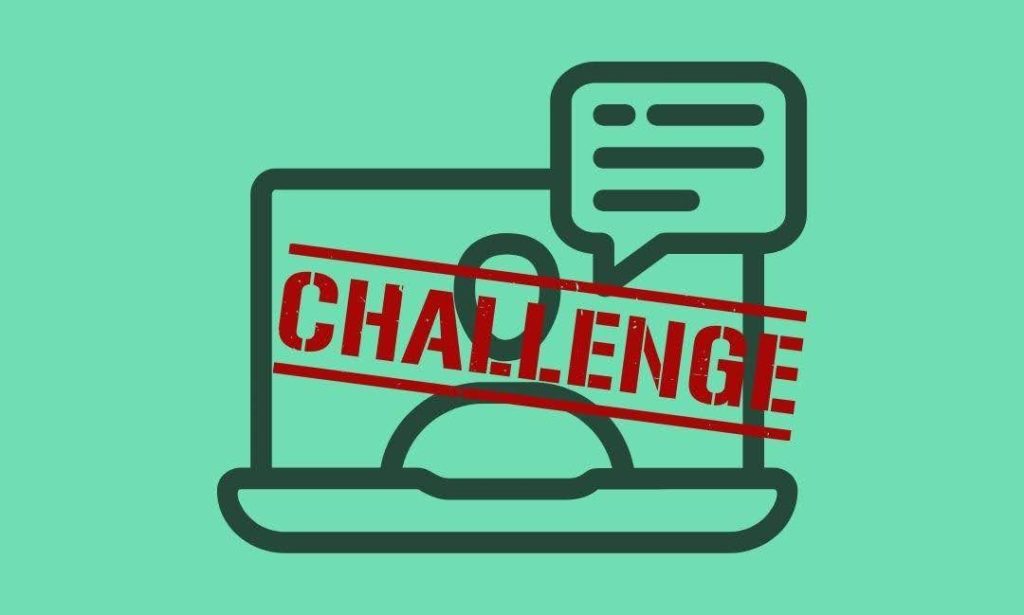
1. Regulatory Complexity
Healthcare is strictly regulated by law. Webinar sites must have secure features such as end-to-end encryption and audit trails to protect sensitive information. Webinar organizers have to ensure:
- Compliance with HIPAA Laws: Maintain patient confidentiality and security.
- Compliance with International Best Practices: Observe the local and international medical practices to uphold credibility.
Example of Compliance in Action:
Patient case studies should be presented in a telemedicine webinar per HIPAA guidelines. The data must be de-identified, and the webinar platform must have an encrypted communication channel.
2. Technical precision and scientific rigor
Healthcare webinar presenters must present evidence-based topics. Engagement strategies include 3D visualizations and real-time analytics to break down complicated data. The slide decks in webinars should be:
- Peer-reviewed studies and clinically proven trials.
- Effective communication through advanced tools such as 3D modeling or real-time analytics.
3. Diverse and Sophisticated Audience Needs
A heterogeneous audience attends healthcare webinars, including:
- Clinicians: Looking for practical insights in managing patients.
- Research Scholars: Seek more in-depth techniques and details
- Administrators: Policy updates and administration techniques are sought.
- Students: Who wants career advice and elementary information?
Examples of Customized Material
- To doctors: A web-based Live Q&A session of new surgical procedures
- To scientists: An instructional on gaining insight into complex data analysis using artificial intelligence
For example, a conference on robotic surgery could be full of statistical details for research scholars, operational information for administrators, and a demonstration of the robot in action for doctors.
4. Continuous Learning Imperative
Content strategies involve regularly scheduled updates, recognition invitations to related professors from top universities, and session storage to be used in the future. Health knowledge is growing so fast that most professionals have to keep up-to-date through webinars on various topics, including but not limited to:
- Newly approved drugs.
- Advanced tools for diagnostics.
- New ways of prescribing treatments.
This continued growth underscores the critical importance of webinars being current, research-based, and applicable to the field.
Strategic Content Development for Healthcare Webinars

1. Framework for Evidence-Based Content
Healthcare webinars should have content that Condenses complex research into accessible insights.
- Interdisciplinary perspectives are used to promote teamwork.
- Practical applications are emphasized to benefit patient outcomes.
- Complex research is translated into easy conclusions
- Multidisciplinary perspectives are used to enhance teamwork.
- Real-world applications be noted for the betterment of patient outcomes
Content Formats That Resonate:
- Case Studies: Practical Applications of Medical Theories
- Panels of Experts: Diverse viewpoints on the latest trends
- Workshops: Development of Skills and Interpretation of Diagnostic Imaging
Real-World Example:
- A webinar can also discuss debate themes, case study discussions, and advice to the doctor in practice.
- An interactive workshop, panel talks, and case studies can all form part of a chronic disease session.
2. Personalisation and Audience Segmentation
The needs of different audiences differ. Some appropriate audience segmentation and targeting for healthcare professionals with different expectations are as follows:
- The three main segments include students, administrators, researchers, and practitioners.
- Sessions can be customized based on the concerns of the participants.
Useful Applications:
- For doctors: Examples of clinical best practices or steps in the diagnostic process.
- To researchers: Techniques for data analysis or sources of funding for studies.
If pre-webinar polls or other forms of engagement were utilized, it would be much easier to create sessions that fulfill audience requests and thus have the potential to be most successful.
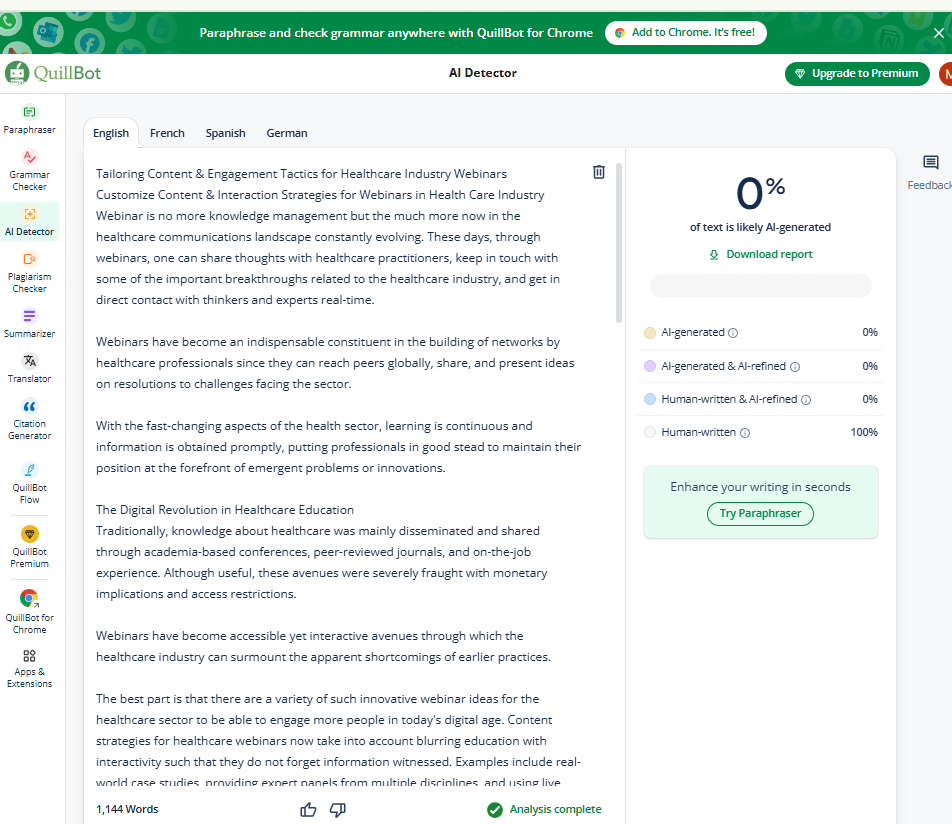
3. Interactive and Immersive Learning Strategies
Contemporary webinars should engage the audience through the following:
- Interactive Q&A sessions: This is a call to action where one encourages active participation.
- Real-time polls: They help to capture audience opinions during the sessions.
- Scenario-based learning: Simulating clinical problems to improve decision-making capabilities.
Example of Immersive Techniques:
The webinar could engage participants in virtual surgical procedures or operations and learning hands-on without the physiological contradictions that may occur in real life.
For example, using augmented reality to simulate surgical procedures can provide a hands-on learning experience without real-world risks.
Technological Infrastructure and Platform Considerations
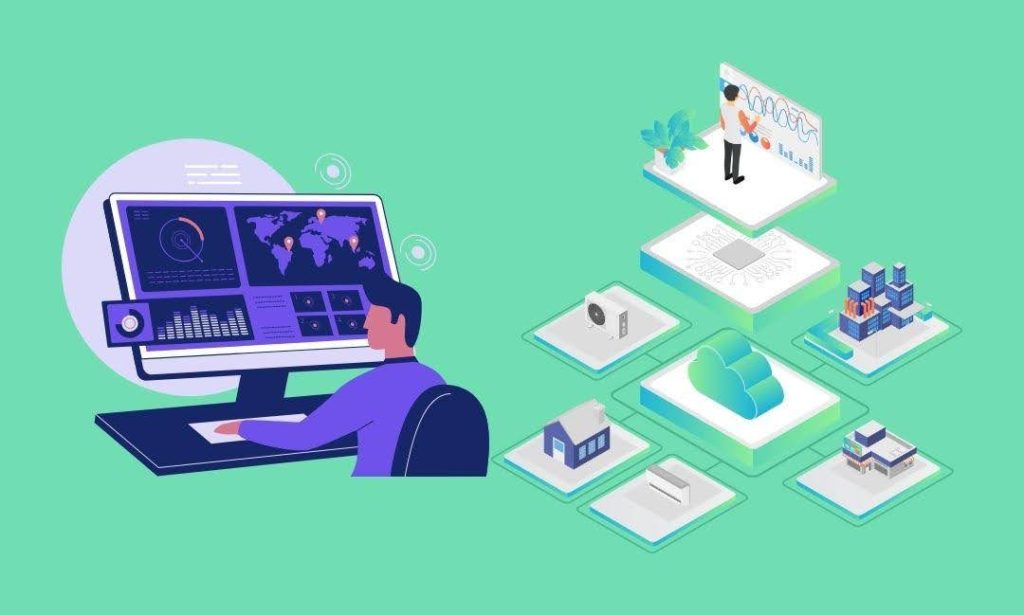
1. Security compliance on the webinar platforms
During webinars, it is essential to keep the platforms secure at their best to avoid exposure to sensitive information. Some of the features that will ensure robust security include the following:
- HIPAA Compliance on Patient Data: Required for webinars related to healthcare topics to adhere to data protection regulations.
- End-to-end Encryption: From start to end, Communication protects authorized users who can access the data being exchanged.
- Audit Trails: It provides a comprehensive history of participant interactions, which can be helpful for internal reviews and audits for compliance.
For example:
HIPAA-enabled features include controlled access to the meeting, encryption for communication, and shared files in Zoom Healthcare and Microsoft Teams for Healthcare, ensuring patient information privacy.
2. Ensure Accessibility and Inclusion
Well-designed webinars ensure that any viewer of any ability and linguistics can participate actively.
Accessibility also contains the following significant features:
- Closed Captioning: This applies to people who are hearing impaired, any other individual in a noisy environment, and individuals from a native-language background.
- Language Options: Multiple translations or even subtitles will be available to help the global target audience.
- Accessible Interfaces: An accessible interface should provide keyboard navigation support, screen readers, and font size changes for all people with disabilities.
For instance, the World Health Organization (WHO) also raised the bar with its multilingual webinars. It holds such webinars while providing live translations with subtitles globally. Google Meet and Microsoft Teams have introduced screen reader support and live captioning.
All of these are factors in technology and platform infrastructures that ensure that organizations allow people to give presentations in safe, inclusive webinars of very high quality for everyone.
Measuring and Optimizing Webinar Impact
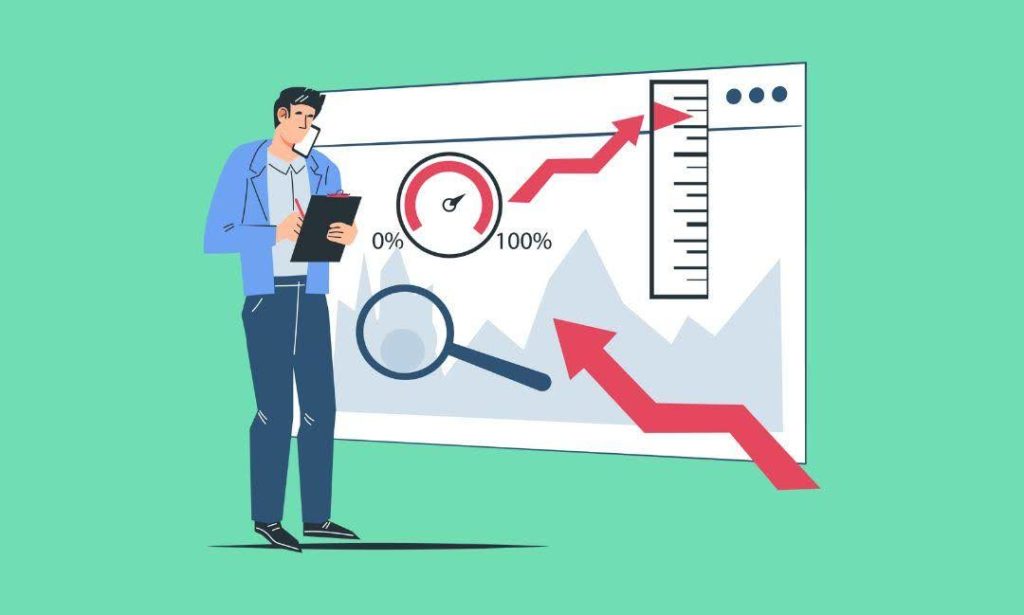
Measure the webinars’ performance and optimize them for new versions to achieve the objectives of providing the maximum possible value. Here are three performance measurement dimensions, more detail, and actionable actions.
1. Engagement Analytics
This directly measures the relevance and effectiveness of the webinar. The metrics about engagement can tell one how the participants behave and their levels of interaction. Some essential elements to be monitored include:
- Attendance Rates: Record the number of registrants against the actual attendees.
- Session Length: Count how much time people spend during the session.
- Poll and Q&A: Count the responses for the live election and the questions raised.
- Activity in the Chat: Evaluate the number of messages or comments published during the webinar and their quality.
Optimization Tips:
- All these must be included in the presentation, including polls, breakout spaces, and live Q&A.
- Gamification through rewards or quizzes can encourage children to keep engaged.
2. Learning Outcomes
Training or learning webinars must be able to measure the number of knowledge they transfer. Learning outcome assessment is established by:
- Pre-Webinar Assessments: This assesses the participant’s previous expertise or what they did preceding the webinar
- Post-Webinar Tests: Conduct quizzes or surveys to evaluate knowledge acquisition during the webinar.
- Retention Rates: After a given period, follow-up assessments will be performed to check long-term knowledge retention.
Optimization Tips:
- Content must be designed to meet specific learning objectives and support the target audience’s needs.
- For further learning and reinforcement, add-ons should be provided for participants: guides or recordings.
Example:
This could present case studies of participants’ diagnostic skills before and after the webinar, and improvements would prove the webinar’s efficacy.
Conclusion
Interactive and engaging webinars make learning efficient and pleasurable, supporting lifelong learning and development. These platforms serve as an essential support in healthcare communication.
Personalized webinar content and engagement tactics empower the hosting of several different sessions. Healthcare professionals can leverage webinars to organize patient’s Q&A sessions, employee education webinars, and more to ensure continuous learning, quality education, and consistent interactions.
Frequently asked questions
Healthcare webinars equip participants with knowledge of rules such as HIPAA, the needs of different professionals, and the fast-paced developments in the healthcare sector.
Evidence-based insights with interdisciplinary perspectives, practical applications, Case studies, expert panels, and interactive Q&A are some of the elements that make webinar content impactful.
It is essential to have secure platforms that are HIPAA compliant, feature HD video, have accessibility features like captions, and offer interactive tools such as live polls and chat options.
Live case analyses, real-time feedback, gamified elements like quizzes, and advanced virtual and augmented reality tools.
Engagement (interactions, polls), knowledge gains (pre/post assessments), and professional impact (CME credits, behavior changes). Use these metrics for improvement.

